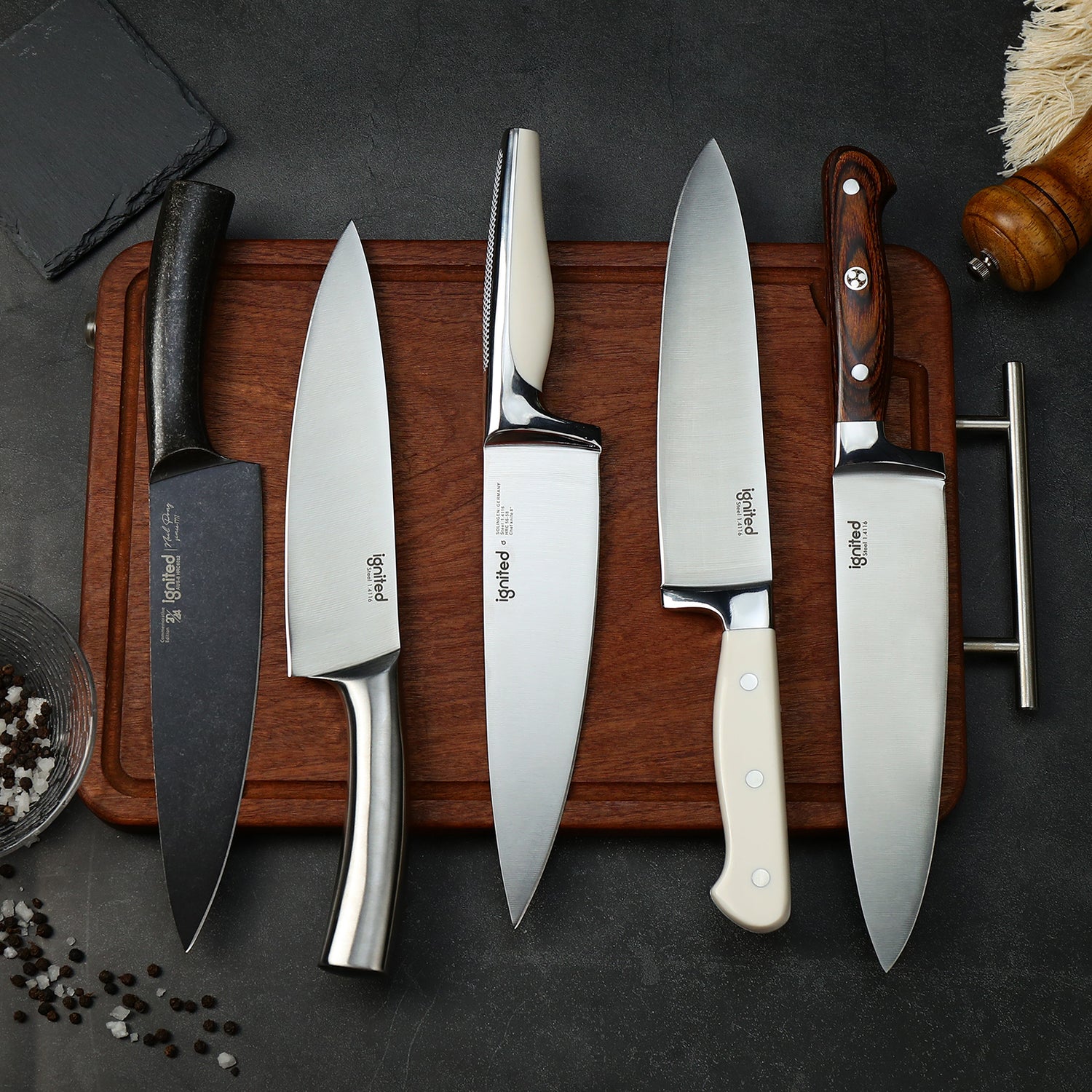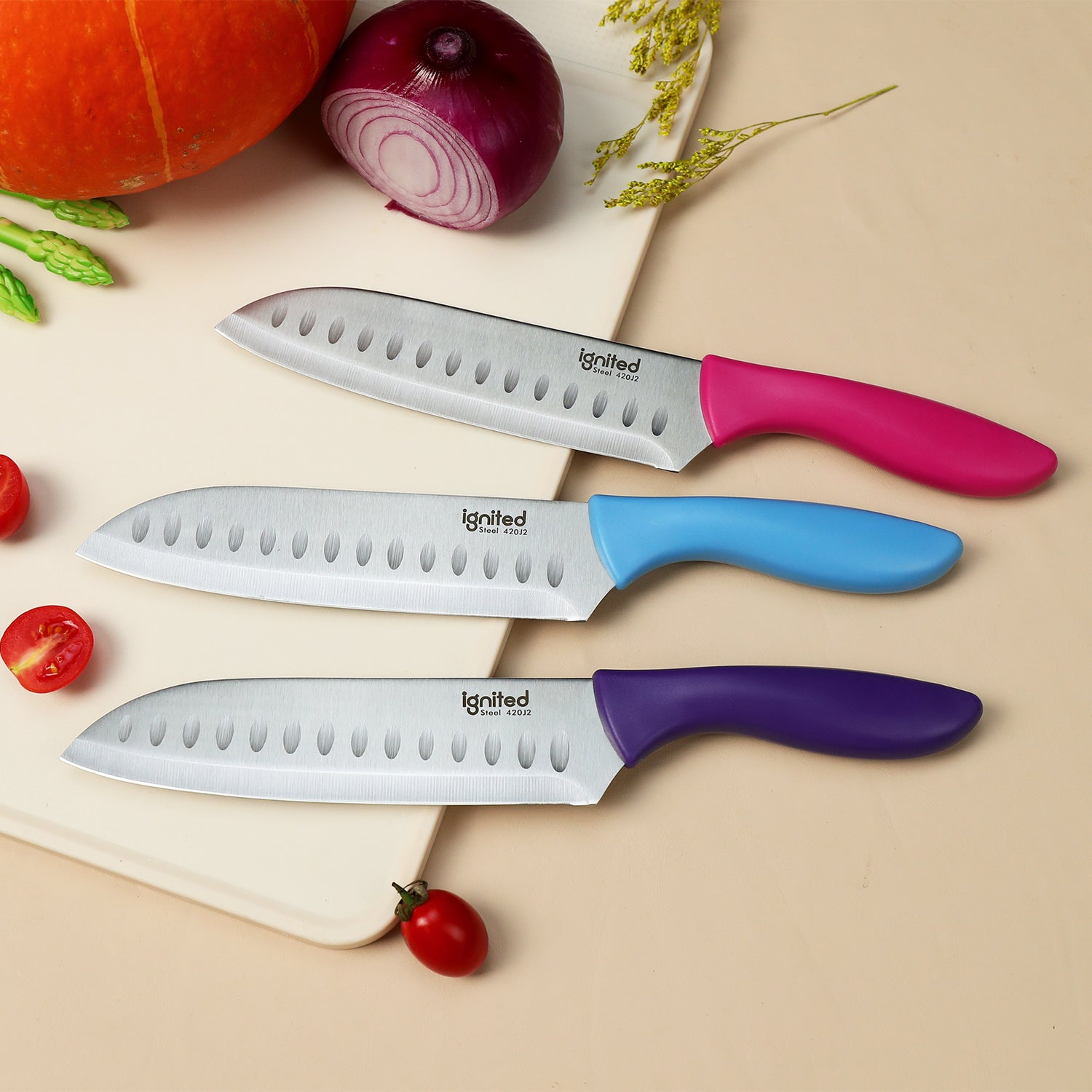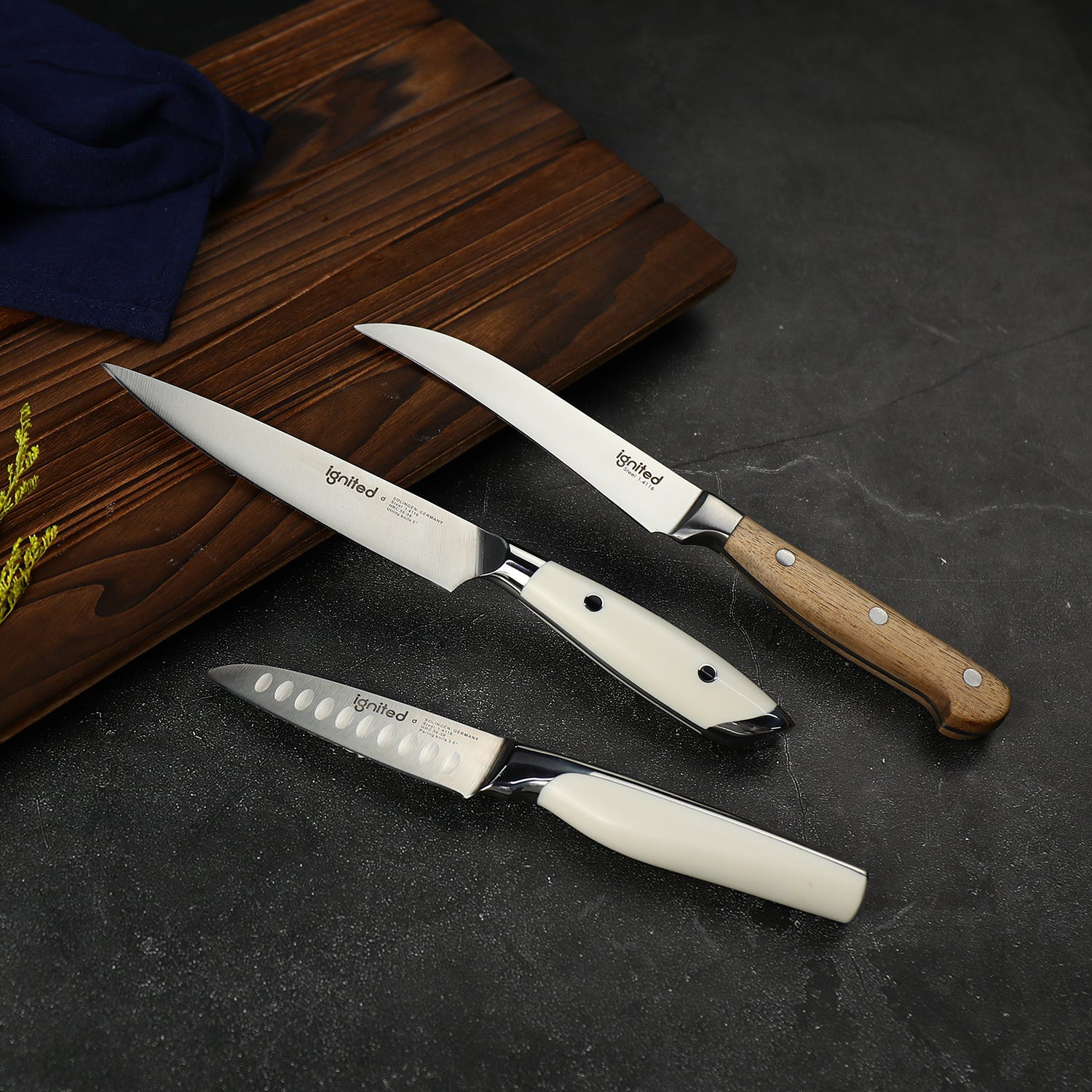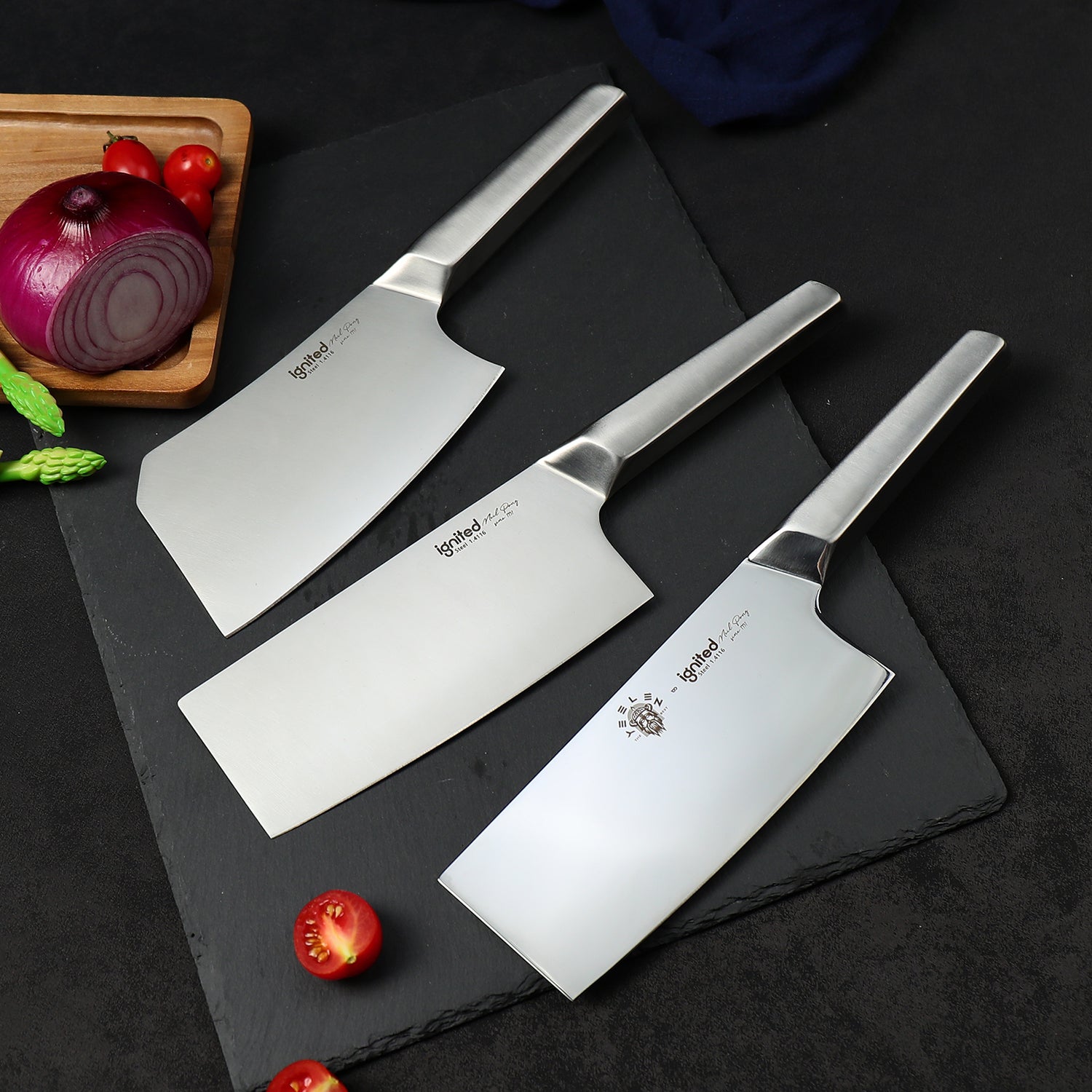Why Should You Sharpen Your Kitchen Scissors?
Over time, scissors become dull due to regular use. Dull scissors can tear food, require more force to use, and increase the risk of accidents. Keeping them sharp improves safety, efficiency, and prolongs tool life.
Common Household Methods to Sharpen Kitchen Scissors
1. Using Aluminum Foil
Fold a 20 cm piece of aluminum foil several times. Cut through it 10–15 times using the full blade. Wipe clean. This helps restore a mild edge quickly.
2. Using Sandpaper
Use 150–200 grit sandpaper folded with the rough side out. Cut through it several times. This method works better for duller scissors.
3. Glass Jar or Bottle
Gently cut along the rim of a glass jar with the scissors open. Repeat until sharper. Use an old jar to avoid damage.
4. Porcelain Mug
Turn a porcelain mug upside-down and use the unglazed ring on the bottom to scrape each blade at an angle. Wipe clean afterward.
Advanced Tips for Sharpening Without a Sharpener
- Unscrew the Blades: If possible, take the scissors apart to sharpen each blade individually.
- Maintain the Bevel: Sharpen at the same angle (usually 15°–30°) as the original bevel.
- Use Light Pressure: Avoid pressing too hard to prevent damage or altering the blade angle.
How IgnitedCutlery Recommends Caring for Your Scissors
- Clean after each use to avoid residue buildup.
- Use foil or sandpaper regularly for maintenance.
- Store in a dry place away from other metal tools.
- Consider replacement or professional sharpening if blades are chipped or rusted.
Frequently Asked Questions (FAQs)
Q1: Can I sharpen my kitchen scissors without taking them apart?
Yes, but disassembling them allows for more precise sharpening along the blade’s edge.
Q2: How often should I sharpen my kitchen scissors?
It depends on use. Typically, every few months or whenever cutting performance drops.
Q3: Are these methods safe for stainless steel scissors?
Yes. These techniques work well for most stainless steel kitchen scissors.
Q4: Can I use these methods on fabric or craft scissors?
Technically yes, but those scissors often require different angles or special coatings. Dedicated tools are safer for them.
Q5: When should I replace my scissors?
If blades are heavily damaged or the hinge is loose beyond repair, consider replacing them.




